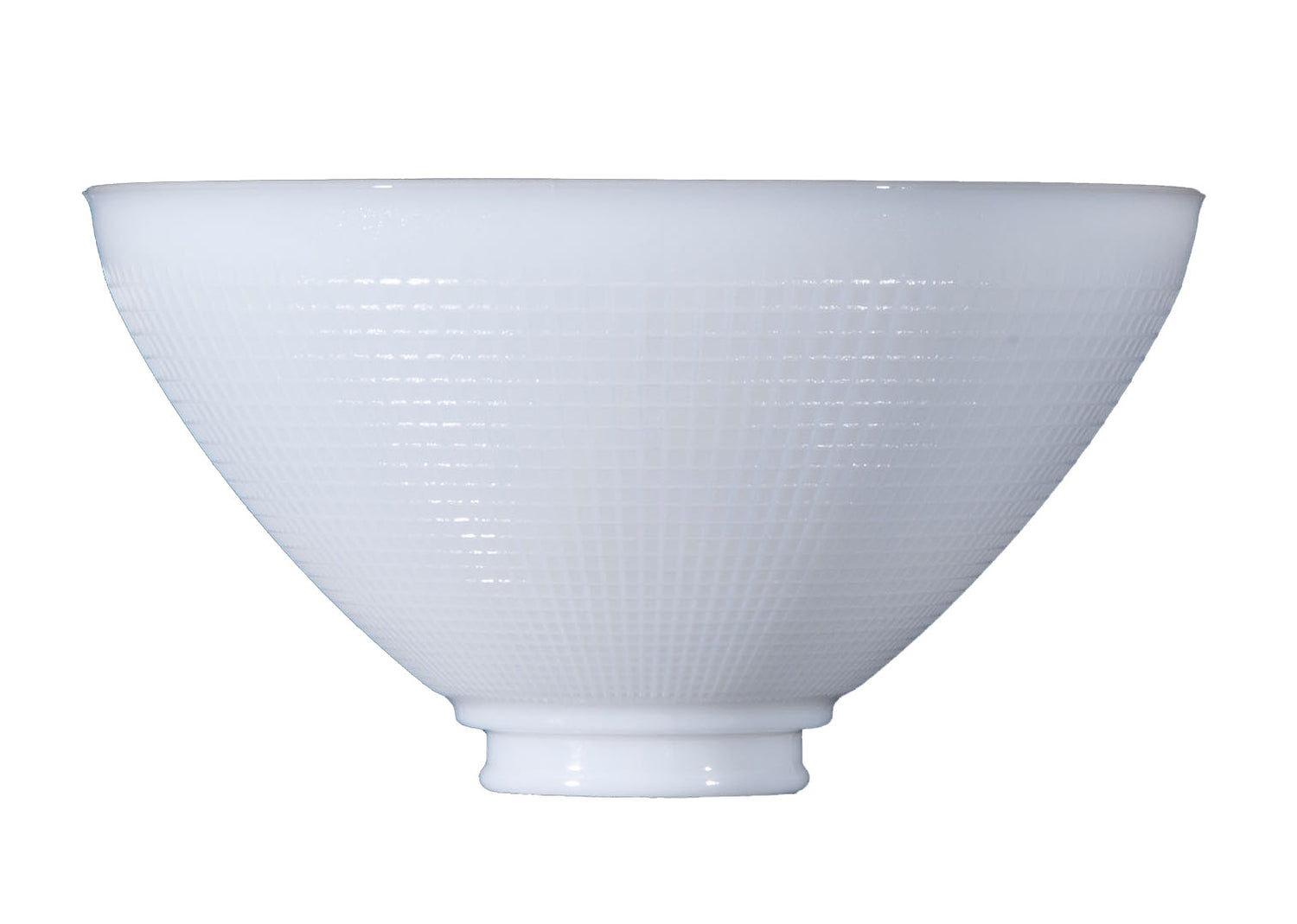Edison Bulb Anatomy
Electricity is one of the single-most important discoveries of all time, because it has unlocked the potential of what we can do after the sun goes down and when we are without natural light sources. Although the concept of electricity has been known since ancient times, we only began harnessing its power about 250 years ago. Since Franklin's first experiments with electricity, our grasp has grown tremendously, and we continually find new ways to improve our lives. Thomas Edison was another pioneer in electricity, and he was the first inventor to patent the design for an incandescent lamp that would eventually pave the way for domestic use of electric light. Those incandescent lamps glow when electricity flows through them, but how and why? This guide will give you an introduction into Edison bulb anatomy, so you can better understand the components that made up the number one source of illumination for more than a century.
Introduction to Edison Bulb Anatomy
Compared to the compact fluorescent, halogen, and LED lights manufactured today, Edison's incandescent lamp was basic by all standards. However, his light bulb was considered a bold invention at the time, because it threatened the gas lighting industry and introduced an entirely new kind of energy to the public. The source of light as we know it today is the result of resistance and incandescence. Some of the energy produced by electricity is required to overcome a conducting material's resistance. An incandescent bulb uses heat generated by the resistance of a filament to create light. This process of emission is what's popularly known as black-body radiation, by which every object with heat is constantly emitting electromagnetic radiation. The visible wavelength of the emitted radiation depends on the temperature of the conducting object.
Like many of the light bulbs you know today, Edison's incandescent light bulb featured a very simple structure. Every bulb consisted of a glass enclosure that contained a filament comprised of tightly coiled metal that was stretched between two terminals for a current to flow through. Most of us know that metals are good conductors of heat and electricity, but which materials are best at conducting thermal energy? While Edison was building his first incandescent electric light at his laboratory in Menlo Park, he used a platinum filament in a glass vacuum bulb, which helped to delay the filament from melting. Still, his lamp only burned for a few hours at most. After testing thousands of materials, he began carbonizing growths from every plant imaginable to find the most suitable filament material. He considered tungsten, but he didn't have the necessary tools to make it viable. It wasn't until 1904 that tungsten was found to be more efficient than carbonized bamboo, cotton, and other materials that Edison used. Not only does tungsten have a high thermal stability, but it also has the lowest vapor pressure and greatest tensile strength out of all the metals.
The earliest Edison bulbs usually contained a glass mount or stem that attached to the light bulb's base, allowing electrical contacts to run through the bulb or envelope without risk of an air or a gas leak. Embedded in the stem were small wires that supported the filament and any lead wires. Glass enclosures contained either a vacuum or an inert gas to preserve and protect the filament from evaporating. The incandescent light bulb was used in a socket, which provided mechanical support and electrical connections to make it a sustainable source of light. The halogen lamp is a variation of the incandescent lamp. Unlike Edison's light bulb, a halogen light bulb is made of quarts and can contain inert gases, such as bromine, chlorine, fluorine, iodine, and other halogen elements. We understand how difficult it can be to visualize the physical phenomena of electricity at work in a preliminary light bulb, so we created a glossary to help.
Edison Bulb Components: Terms to Know
• Base: Most incandescent bulbs have a medium base that holds the entire assembly in place, which means that the bulb screws into a light fixture.
• Electrical Foot Contact: An electrical circuit component at the bottom of the screw thread found in all light bulbs.
• Filament: A conducting wire or thread that has a high melting point. When stretched out, tungsten is over six feet long while only being about one-hundredth of an inch thick.
• Glass Mount: A small glass component that holds up the filament in the center of the light bulb.
• Globe: A component that covers the glass bulb that contains inert gas and houses all the components needed to create an electrical current.
• Inert Gas: A type of non-reactive gas, such as argon or a mixture of argon and nitrogen, that provides twice the luminous efficacy and reduction of bulb blackening compared to that of a vacuum.
• Insulation: A plaster of Paris or, later, porcelain that is used to insulate the inside of the electrical contact.
We hope that this article provides you with a sufficient introduction to Edison bulb anatomy. We carry a wide selection of antique-style and vintage light bulbs, including many of Edison's most popular filament designs. Please contact us with any questions, and one of our lighting experts will be happy to help.

